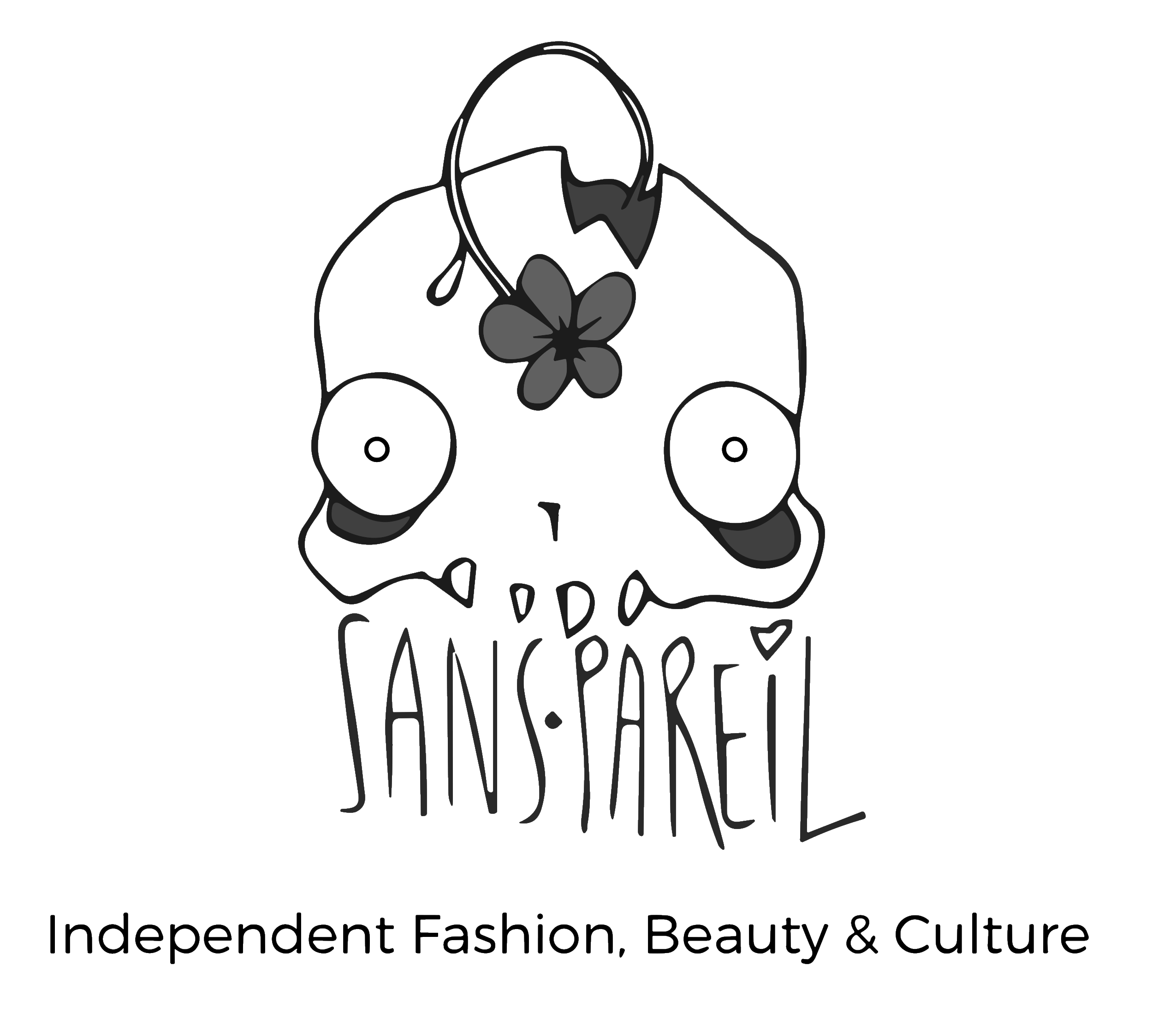Artificial Intelligence is no longer an issue of the future but has turned out to be very real, and its
strong force acts across industries, remodeling the way we work, think, and create. Whether it is
revolutionizing diagnosis in healthcare or powering self-driving cars, the capability of AI is
immense and varied. Perhaps, however, one of the most intriguing and truly impactful areas of
application for the technology falls within the creative domain, in particular through tools like
text-to-image AI, which revolutionizes how we visualize and execute ideas.
These tools power workflows that release new opportunities for artists, marketers, and
businesses through the creation of spectacular visuals from simple text prompts. The potential
for great acceleration in innovation, along with democratization in creativity, is partly reflected in
the possibility of saving enormous amounts of time with text-to-image AI.
Evolution of AI in Creative Fields
AI applications in creativity to this day have been passed off as a novelty. The generative
algorithms could only come up with very simple shapes, patterns, or designs and lacked nuance
to really make a match for human creativity. Cut to the modern day, and the collaboration
between man and AI had grown mature, advanced, ranging from outputs of hyper-realistic
images to pieces of art that are truly abstract.
This has been even more accelerated with recent developments in machine learning and neural
networks. The latest, currently available text-to-image AI applications like DALL·E, Stable
Diffusion, and MidJourney will convert the descriptive phrase into an image that would come out
just right with a user's vision, whether a serene landscape of mountainous regions or a
cityscape built for futuristic requirements, everything comes right in front of one in less than a
second.
It’s finally possible to create something very beautiful with simple text input, such tools are a
game-changer in the workflow of artists, marketers, and businesses, opening up completely
new possibilities. For those wanting to smoothen their creative process, it can save massive
time with a text to image AI. This example shows how this tech accelerates innovation and
democratizes creativity.
How Text-to-Image AI Changes the Game
It's not all about beautiful visuals; text-to-image AI has to do with efficiency, accessibility, and
unleashing creativity. The following is how this technology is making a difference:
- Accelerating Workflows
The creation of visual content has always been enormously time-consuming since expertise in
design software, sometimes even artistic skills, can take hours, if not days. Text-to-image AI
changes that.
Marketers working on a digital campaign can insert a prompt like "a modern workspace with
vibrant colors" and get many variations of the image in virtually no time. That allows for rapid
prototyping, testing, and deployment to ensure they stay ahead of any competition.
By leveraging tools that let you save huge amounts of time with text-to-image AI, businesses
can reduce production costs while keeping their standards high.
- Democratization of Creativity: Professional-looking visuals used to be the province of a
select few, requiring lots of specialized training and very expensive software. Nowadays,
anyone with an idea and an internet connection can utilize text-to-image AI to create compelling
images. Democratization of creativity opens up opportunities for individual creators and small
businesses that have never been there.
For instance, a freelance blogger can improve his blog with original-looking pictures without
needing a graphic designer, while a small business can produce promotional materials like its
larger competitors.
- Improves Collaboration
Designers work collaboratively with each other, clients, and other stakeholders in creative
industries. Text-to-image AI smooths this process by providing immediate visual references
from client feedback. Instead of going back and forth over vague descriptions, teams can iterate
in real time to make sure everyone is aligned.
Industry-Specific Impacts
The effects of text-to-image AI can be felt across multiple industries, each benefiting differently:
Marketing and Advertising
Marketers are always in high pressure to churn out something new and engaging for
campaigns. AI visuals help speed up the process for creation, while options to customize can be
endless. Campaigns can get super personalized for targeting various demos, hence maximizing
engagement and ROI.
Film and Gaming
Designed worlds and characters are the lifeblood of the entertainment industry. Text-to-image
AI is a mighty weapon for concept artists to create highly detailed storyboards, character
designs, and environment sketches in record time. It amplifies the creative process and
shortens production cycles.
Education and Training
Visual aids are crucial in education; they help learners to understand even the most complicated
ideas. With text-to-image AI, educators can create customized illustrations and diagrams to
accompany their lessons, making learning more interactive and engaging.
E-Commerce
Product visuals are critical in e-commerce, influencing customer decisions. Text-to-image AI can
generate product mockups, lifestyle images, and advertising visuals, giving businesses a
competitive edge in presenting their offerings.
Ethical and Practical Considerations
While the advantages of AI in creativity are many, one can never refrain from mentioning the
challenges associated and ethical dilemmas as a consequence of the same.
Ownership and Copyright
One does wonder: who owns the picture, the user of the AI, the AI itself, or the company
behind? It is a question that can no longer be avoided in the face of growing commercial value
of AI-generated content. In this respect, clear guidelines and regulations are required for
avoiding disputes and assuring fair use.
Authenticity and Trust
Most of the current AI tools have a tendency to blur the line separating real from synthetic
content in ways that raise great misgivings for information integrity and manipulation. This is
especially true for creators and users, who have to indicate where and how this is done.
Job Displacement
The more creativeness the AI develops, some say, the more it will knock people out of jobs.
Reality seems a bit different, though: AI is better viewed as an augmenting tool rather than a
replacing tool for human creativity. In this case, automation of repetitive tasks frees the
professional to concentrate his or her work on high-value and strategic tasks.
The Future of AI in Creativity
This is only the beginning of AI working in creative fields; it's going to keep evolving, and day by
day, it's going to get more and more sophisticated and personalized. Just imagine AI
understanding your style preferences, creating visuals bang on your brand identity, or even
collaborating in real time to refine ideas.
In addition, the impact of AI will likely extend well beyond static visuals into dynamic content,
such as animation and interactive media. For instance, AI may soon allow artists to create entire
short films or interactives from simple text prompts.
Embracing the Change
AI in creative fields is a paradigm shift and not some ephemeral fancy. In such a competitive
and relevant sphere, one has to take cognizance of the tide and know where such emerging
opportunities are headed. Hereunder follows a step-by-step implementation outline on how to
get underway:
Try Tools: There are many text-to-image AI platforms, and living through them is key to know
what is possible and its limitations.
Automate Workflows: Identify tasks that are repetitive in nature and thus can be done by AI,
freeing up your time for strategy and creativity.
Stay Current: Keep up with developments in AI to leverage the latest tools and features.
Conclusion
It will be the transformation of the creation world-quick, efficient, and easily available. Marketing
people, educationalists, artists, and entrepreneurs-all will fancy this idea of saving such a huge
amount of time by an AI text-to-image.
But as the world keeps on changing, we have to approach it more and more as our companion
rather than a replacement for our jobs. Melding human ingenuity with AI's power opens up a
whole new level of innovation and creativity in how we are building the future with boundless
imagination and free-flowing ideas.

